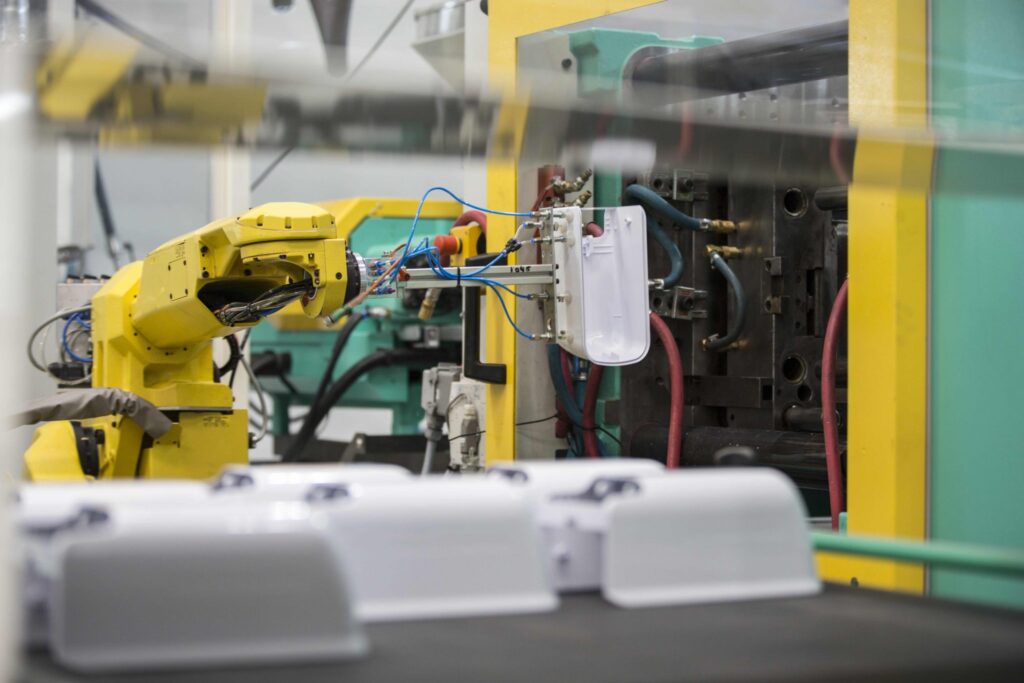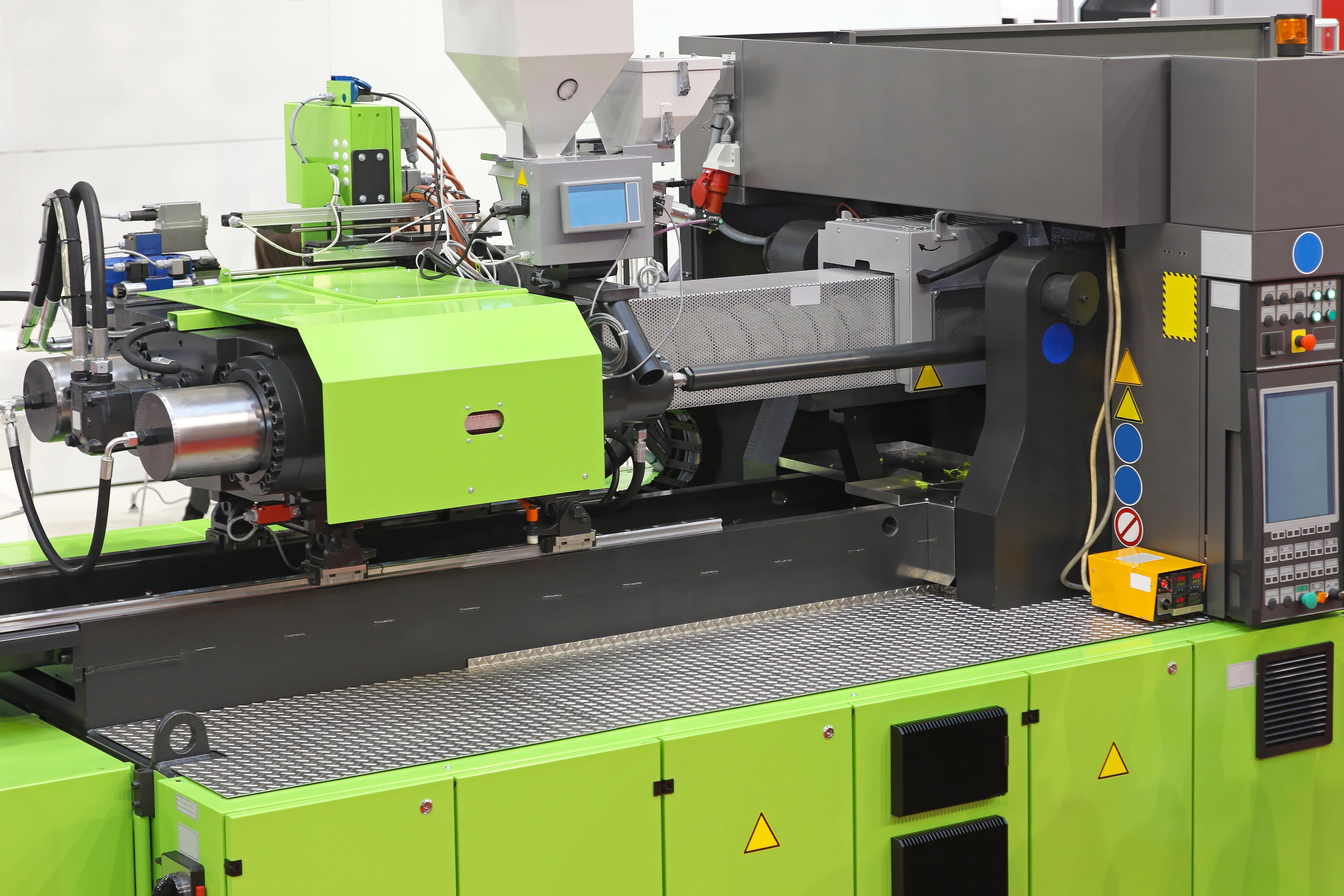The 6-Minute Rule for Mfgs
Wiki Article
The 9-Minute Rule for Plastic Manufacturing
Table of ContentsThe Definitive Guide for OemExamine This Report about Hon Hai PrecisionThe Single Strategy To Use For Die CastingManufacturing Things To Know Before You BuyGetting My Manufacturing Industries To WorkOem Things To Know Before You Get This
The text on this web page is a sample from our full White Paper 'Injection Moulding for Buyers' - * Example message * - for complete guide click the download switch over! Introduction This overview is intended for individuals who are wanting to resource plastic mouldings. It offers a much required insight right into all that is involved with producing plastic components, from the mould tool needed to the moulding procedure itself.If you intend to discover additionally, the overview covers kinds of mould devices, as well as special ending up processes such as colours & plating. Words that are underlined can be discovered in the reference in the appendix ... Part I: Moulding: The Basics The Benefits of Injection Moulding Plastic injection moulding is an extremely precise process that uses a number of advantages over other plastic processing methods.
Precision is perfect for really elaborate components. You can hold this moulding in the hand of your hand and also it has managers, ribs, metal inserts, side cores and also holes, made with a gliding closed off feature in the mould device.
The smart Trick of Lean Manufacturing That Nobody is Talking About


from product feed & melting; product shot; cooling down time and also ejection to the re-closing of the mould tool ready for the next cycle. Draft angles - The wall surfaces of a moulded component must be a little tapered in the direction in which the component is ejected from the mould device, to permit the part to be expelled conveniently.
Ejector stroke - The pressing out of ejector pins to eject the moulded component from the mould tool. Ejector stroke speed, length as well as timing requires to be very carefully managed to stop damages to the ejectors and mould tool, yet at the same time make the moulding cycle as short as feasible.

The smart Trick of Additive Manufacturing That Nobody is Discussing
Ribs - continuous production When a plastic part has slim walls, ribs are added to the design to make the thin walls more powerful Side cores - Side activity which produces a feature on a moulded component, at an opposing angle to the typical opening instructions of the mould device. manufacturing. The side core requires to be able to retract as the plastic part can not be expelled or else.
Wall surfaces - The sides of a moulded part The text on this page is a sample from our complete White Paper 'Injection Moulding for Purchasers'.
Production process for generating parts by injecting molten product into a mould, or mold and mildew Simplified representation of the procedure Shot moulding (U.S. spelling: injection molding) is a manufacturing process for generating components by infusing liquified material into a mould, or mold. Injection moulding can be performed with a host of materials mainly consisting of metals (for which the procedure is called die-casting), glasses, elastomers, confections, as well as a lot kunkle valve of generally thermoplastic as well as thermosetting polymers. Shot moulding is extensively utilized for producing a selection of parts, from the tiniest parts to entire body panels of cars and trucks. Advancements in 3D printing technology, utilizing photopolymers that do not thaw throughout the shot moulding of some lower-temperature thermoplastics, can be used for some straightforward injection moulds. Injection moulding makes use of a special-purpose equipment that has three components: the injection system, the mould as well as the clamp.
Top Guidelines Of Lean Production
Process features [modify] Shot moulding makes use of a ram or screw-type bettor to require liquified plastic or rubber product right into a mould dental caries; this solidifies right into a form that has adapted the shape of the mould. It is most frequently utilized to process both thermoplastic and thermosetting polymers, with the volume use the former being substantially higher.: 13 Thermoplastics are prevalent as a result of attributes that make them very appropriate for shot moulding, such as simplicity of recycling, adaptability for a wide range of applications,: 89 and ability to soften and also move on heating.In multiple dental caries moulds, each tooth cavity can be similar and also form the very same parts or can be one-of-a-kind and also develop numerous various geometries during a solitary cycle. Moulds are typically made from device steels, yet stainless steels and also aluminium moulds are suitable for specific applications. Aluminium moulds are typically ill-suited for high quantity production or get rid of narrow dimensional tolerances, as they have substandard mechanical properties and are a lot more prone to wear, damage, and contortion throughout the injection and also securing cycles; nonetheless, aluminium go to website moulds are economical in low-volume applications, as mould construction costs as well as time are substantially minimized.
The screw provides the raw material forward, mixes and homogenises the thermal and also thick circulations of the polymer, and also minimizes the called for heating time by mechanically shearing the product and also adding a significant amount of frictional home heating to the polymer. The product feeds forward via a check shutoff as well as accumulates at the front of the screw right into a volume recognized as a shot. When enough material has gathered, the product is compelled at high pressure and rate into the part creating tooth cavity. The specific amount of shrinkage is a function of the material being made use of, as well as can be relatively foreseeable. To avoid spikes in stress, the procedure typically makes use of a transfer position representing a 9598% full tooth cavity where the screw shifts from a constant rate to a consistent pressure control.
Some Known Incorrect Statements About Plastic Manufacturing
The packing pressure is used up until the gateway (cavity entryway) solidifies. Due to its tiny size, the entrance is normally the initial place to solidify through its whole thickness.: 16 Once the gateway solidifies, no more material can enter the tooth cavity; appropriately, the screw reciprocates and gets product for the following cycle while the product within the mould cools so that it can be expelled and be dimensionally stable.Report this wiki page